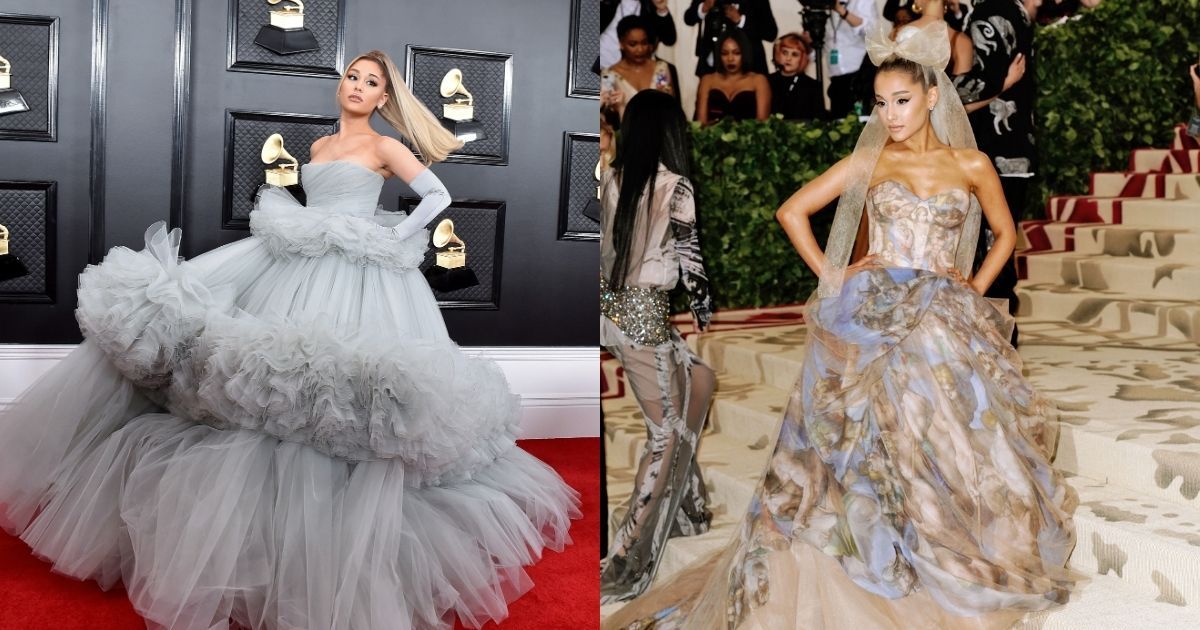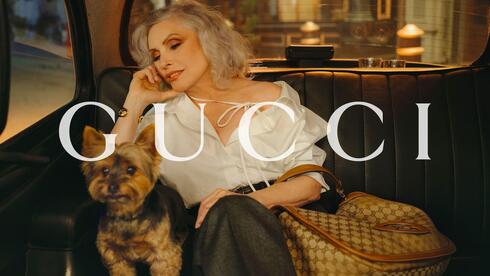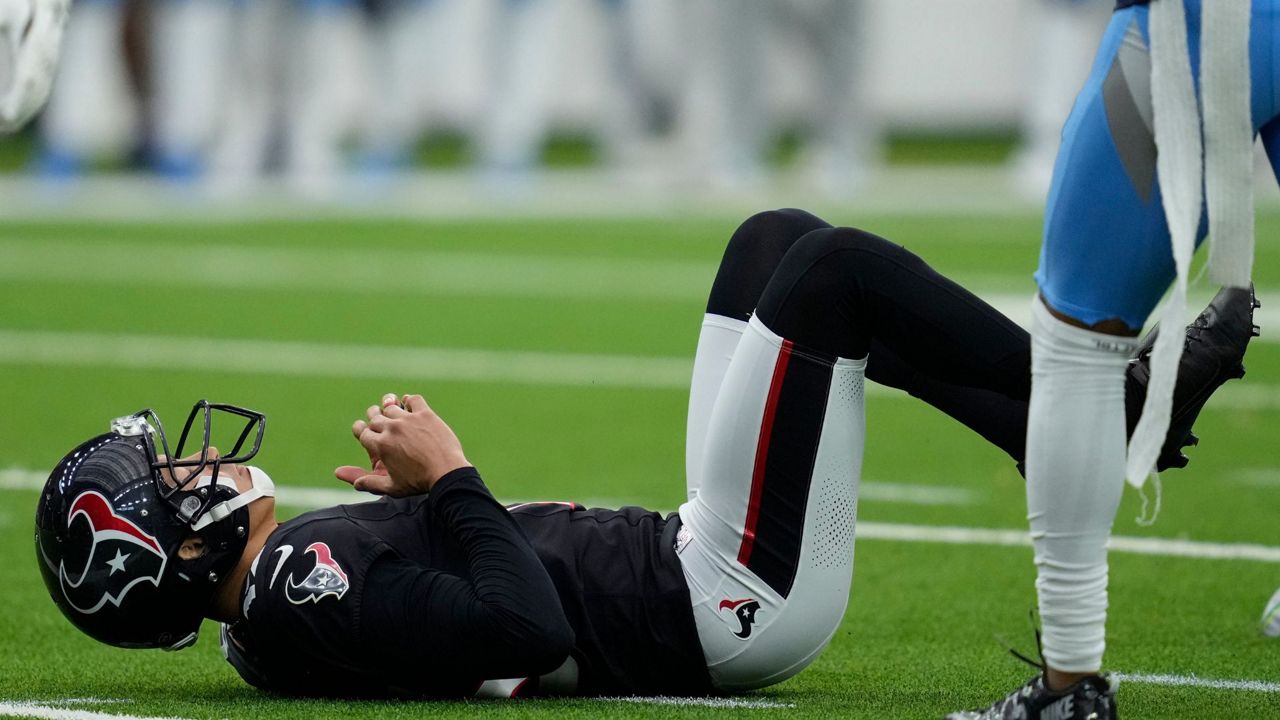Bussiness
Who has time for a power lunch? The real business happens at 4 P.M. ‘power hour.’

The sun is pouring in through the floor-to-ceiling windows when the bar begins to fill with bespoke suits on a Tuesday in August at Four Twenty Five. The new restaurant from Jean-Georges Vongerichten is on the first floor of a Midtown Manhattan skyscraper, beneath the offices of financial giant Citadel Securities. And the traders are thirsty.
This might sound like a familiar ritual: happy hour. But the trappings of that timeworn American work-place tradition—5-to-7 p.m. drink specials, plates of chicken wings, and an “everyone’s welcome” vibe—are nowhere to be found at Four Twenty Five. Here, the mostly male finance-industry crowd quaffs $25 olive-oil-washed martinis and munches on sea urchin crostini with yuzu and serrano chilies. There are no two-for-one drink deals or discounted bar snacks. Also: It’s only 4:15.
This is not happy hour, Vongerichten tells Fortune. This is Power Hour.
Vongerichten has started opening the venue earlier to accommodate this high-powered afternoon bar rush—which, he says, is more than making up for the decline of the Mad Men–style booze-soaked power lunch.
Courtesy of Nicole Franzen/Four Twenty Five
Courtesy of Nicole Franzen/Four Twenty Five
“It’s all about creating a buzz—a scene with delicious cocktails and snacks,” Vongerichten says. That buzz is more like a roar at Four Twenty Five, where it’s hard to find a seat at the bar after the markets close at 4 p.m.
A similar scene unfolds pre-5 p.m. at Le Pavillon, chef Daniel Boulud’s airy outpost across the street from Grand Central Terminal, and beneath the offices of real estate giant SL Green, the Carlyle Group, and TD Securities.
Anthony Diamandakis, the co-head of Citi’s global asset managers franchise, takes a $27 bite of jamón Iberico and gestures with his glass of wine across the crowded sun-drenched atrium at Le Pav (as its regulars call it). “He runs a private equity group,” he says, pointing at one friend, and then another: “He’s an M&A banker at Citi.”
The after-work drink rush has shifted in the Financial District, too, where the ritzy Bar Room at the Beekman Hotel is packed by 4:30 p.m. “Drinks definitely start earlier and end earlier since COVID,” notes bartender Pape Konte.
Before the pandemic, happy hour was an institution in decline. Buckling under the pressures of #MeToo and calls for a clearer division between work and personal life, the after-work tipple looked likely to go the way of the three-martini lunch. But to the relief of downtown bars and restaurants, weekday drinking seems to be making a comeback—with some subtle differences.

Alex Fradkin for Fortune
Across the country, weekday early-evening drinking is actually up since pre-pandemic times, while the weekday lunch spend is down, according to data from point-of-sale system Square. That push-and-pull is “more pronounced in cities highly indexed to office workers and knowledge-economy workers—people working from home more often,” Ara Kharazian, a research lead at Square, says. That makes some sense, he says: “If you’re at home all day, you might actually be very eager to leave your house at 5 p.m. and get a drink somewhere.”
The same seems to be true of hybrid workers going into offices two or three days a week. Many are finding that those limited in-person hours are quickly gobbled up by meetings and collaborative work, making power lunch—or sometimes any lunch—impossible. “After COVID, my days got so packed,” says Peter Bazeli, a managing director at a real estate firm who goes to Le Pav for afternoon drinks several times a month. “The most protected time I found was at the very end of the day before I commuted home on the Metro-North.” When diners do come into his restaurants for lunch, Vongerichten says, many these days opt for a turmeric tonic, green juice, or kombucha instead of a martini. “It’s rare to see someone with a glass of wine at lunch at Four Twenty Five,” he says. “In 1986, it was a bottle of wine at every table at lunch.” But in fine dining establishments and exclusive clubs frequented by bankers and traders, the spirits and wine start flowing soon after 4 p.m.
That’s true whether the mood is happy or not, Matthew Niles, a bartender at Four Twenty Five, tells Fortune: “Sometimes it’s just been a bad day on the markets—or a really good day.” At either extreme, the bar is packed, so one of the bartenders usually checks the Dow to predict foot traffic, he explains. “That does seem to affect us.”
“The drinks are great, and they’re expensive for a reason… which is kind of a natural filler.”
Peter Bazeli, a regular at Le Pavillon
However the markets have performed, Power Hour is generally a civilized affair, nothing like the hard partying depicted in The Wolf of Wall Street or the sweaty dance floors and pill-popping of the young traders on HBO’s Industry. “The finance guys moderate themselves much more than the stereotype suggests,” Niles says. “They’ve got to go home to their wife and kids.”
Still, Bazeli, the Le Pav regular, says his Power Hour bill is “comfortably over $100” per visit, with a generous tip on top.
“The truth of the matter is: The drinks are great, and they’re expensive for a reason,” he says. “You’re dealing with people who have expense accounts, or are within a certain strata of whatever their industry is—which is kind of a natural filter.”
Upstairs from Le Pav is the Centurion New York, one of a slew of new private clubs where well-heeled members can unwind after work. The exclusivity—whether enforced by a door policy or the high prices of cocktails—is part of the draw for today’s time-strapped Masters of the Universe, says Eugene Remm, the cofounder of Catch Hospitality Group, which owns the Manhattan restaurants Catch and Catch Steak. At traditional happy hours, young employees would follow their bosses to a local haunt for a pint, jostling for a bit of informal face time. Nowadays, Remm says, that executive is “going to a members’ club that the young twentysomething can’t get into.”
Leaving the office at 4 p.m. might be frowned upon by some, but the culture of performative presenteeism that kept many in the office until the late evening pre-pandemic has waned somewhat in the hybrid-work era.
And for those with the freedom to do so, a tight hour of booze-lubricated chitchat before hopping on the train back to the suburbs can be a rather efficient way to do some high-level networking.
Bazeli expenses his bar tab, which he sees as a good investment. After all, it’s not just the drinks that are premium at Power Hour—it’s also the people you meet. Bazeli recalls, for example, chatting with the CEO of an AI company at Le Pav. “We talked about how AI is changing how real estate is marketed,” he says. “I just love that.”
To be sure, not everyone is eager for a return to business networking in bars. More than a third of the U.S. adult population doesn’t drink for one reason or another, and millennials and Gen Z are increasingly choosing partial or complete sobriety. But those in the teetotaling crowd still looking to partake in Power Hour might find some succor in the rise of another high-end bar trend: the nonalcoholic cocktail list.
At the Beekman, for example, abstainers can enjoy a $16 zero-proof rum, passion fruift, aquafaba, and lemon concoction—any time of day.
This article appears in the October/November 2024 issue of Fortune with the headline “Who has time for a power lunch? The real business happens at 4 P.M. ‘power hour.’”










